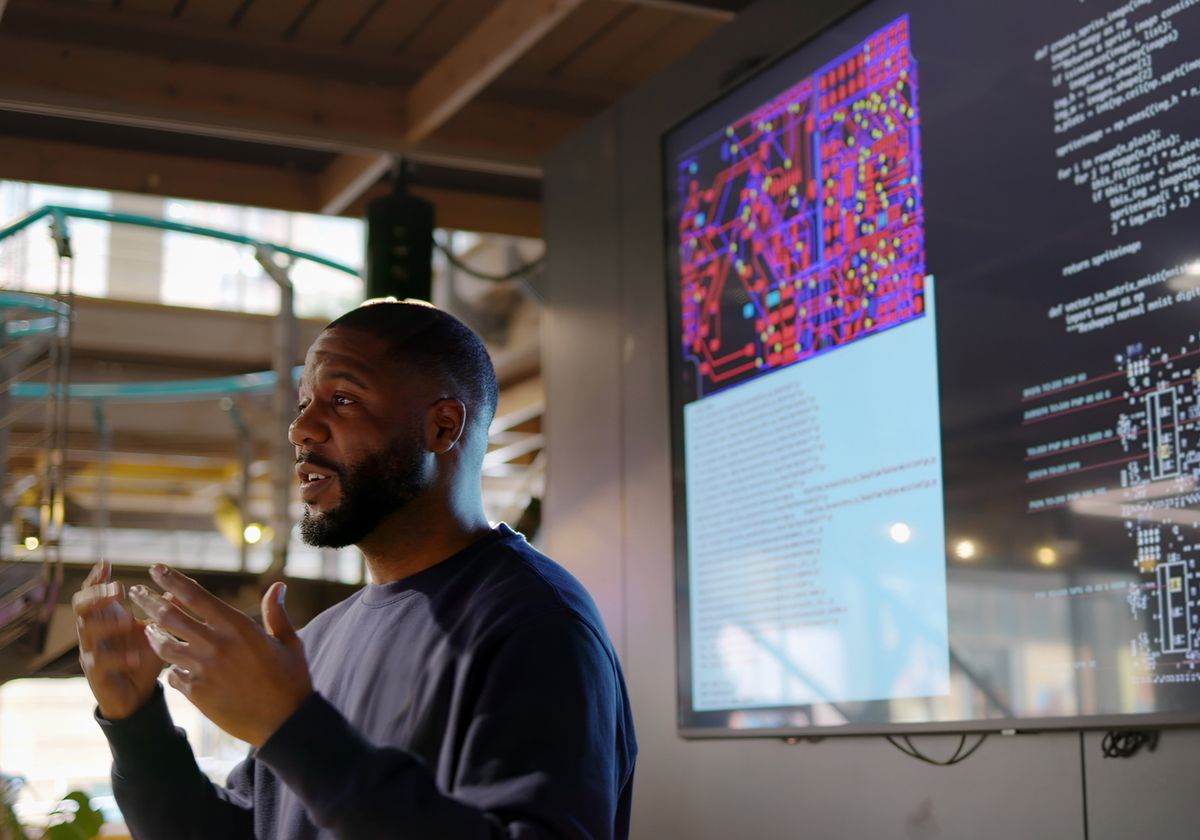
Scientific writing, like any technical field, has its own norms and regulations. There are different varieties of scientific writing, including medical, technical, and academic, and scientists have a general idea of how a manuscript, white paper, or report should be scripted when writing for their fellow scientists. In the same way, science may use words that overlap with the common vernacular, but it very much has its own language.
All of this creates a problem when scientists suddenly have to communicate to a non-scientific audience. Words such as hypothesis, thesis, bias, error, anomaly, and so on mean something different to the general public than they do to the scientific community. If scientists do not pivot their language accordingly, this creates a disconnect between what the scientist thinks they are saying and what the audience is actually hearing. Finding the correct wavelength is not only important for conveying the intended message, but also for managing expectations and maintaining credibility not just for the scientist delivering the message, but for science as a whole.
Determine the Audience’s Interests
It is always important to tailor one’s message according to the audience’s interests, but it is especially critical to do so when communicating with an audience that does not share a particular background with the author or speaker. Certainly, scientists are familiar with writing for other scientists rather than for themselves, but one must admit that it is easier for a scientist to know what another scientist wants to hear and read about.
What is the general public interested in? Things that directly affect them. For example, when writing about disease research, the audience is less concerned with the nature of the new discovery and more concerned with what it means for that disease in particular—whether in terms of risk, diagnosis, treatment, or prevention. Similarly, new findings in biotechnology need to be placed in the context of how these new advances could shape day-to-day lives. Finally, it is important to remember that this is a two-way street. Something that excites the scientific community may seem benign to a non-expert audience lacking sufficient context, while a preliminary study, presented inappropriately, may elicit undeserved hype and expectations.

Treat the Audience as Equals
The other part of connecting with the audience is treating them as equals. Scientists should not assume that the audience has the background to understand their message without explanation. Rather, scientists should give the audience as much context as possible and trust them to put the pieces together. Avoid sensationalism or lecturing at all costs. Explain the background information that encouraged the study. Show the audience the process—conception, design, data collection, and analysis—that drove the conclusions. Above all, tell a transparent, open, and engaging story about the scientific journey that led to these findings.
The audience respects effort and motivation on a personal level. Scientists may pride the agnostic nature of a series of graphs and numbers, but a non-scientific audience wants to know why they should trust the numbers—and the people who gathered and analyzed them. If the authors can convince the audience to respect their motivations and travails, they can convince them to look at their data and conclusions with an open mind.
Show a Creative Side
Ultimately, humans want to know more than the numbers—they want to know the humans behind the data. This is where scientists have a chance to be creative and show more personality. They should frame data in ways that the public will understand, using analogies to common real-life situations and phenomena to help the audience understand and visualize scientific concepts. Scientists should not be strangers to this, as they have been doing it for hundreds of years: invisible sound waves are derived from the visible motions of bodies of water, cells are called such because they reminded Robert Hooke of small rooms (also called cells) in monasteries, and genes are referred to as “blueprints” and “building blocks,” harkening to things used in construction and engineering.1 Offering the audience a sense of scale and relativity will allow them to properly evaluate the scope and significance of your message.
The laboratory is stereotyped in fiction as a mysterious place, walled off from the rest of society and accessible only by a chosen few. When communicating outside of the field, scientists need to dispel this notion and bring the audience with them inside the laboratory. Through their words, they should bring the audience to the bench with them, showing them that science—despite its cold, calculating, and mechanical reputation—is still driven by people, for people.
Looking for more information on scientific writing? Check out The Scientist’s TS SciComm section. Looking for some help putting together a manuscript, a figure, a poster, or anything else? The Scientist’s Scientific Services has the professional help that you need.
- Taylor C, Dewsbury BM. On the problem and promise of metaphor use in science and science communication. J Microbiol Biol Educ. 2018;19(1):19.1.46.
